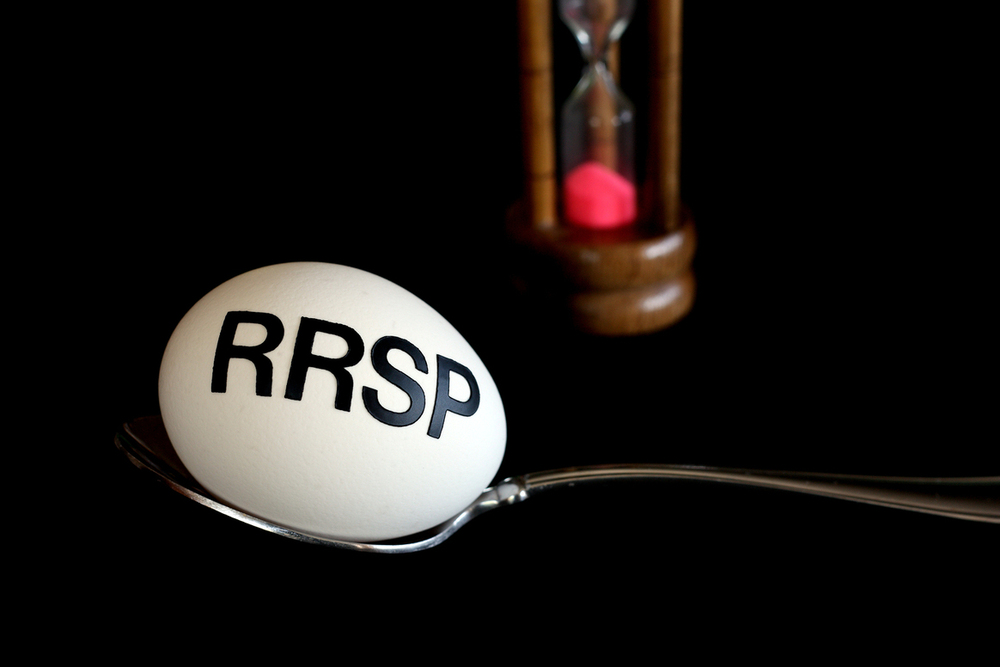The article “How Can I Use My Extra RRSP Room When I Retire?” was originally published in MoneySense on December 13, 2017.
You can’t use up next year’s room this year, but there are ways to put that room to work
Q: In 2019, I will retire. I will contribute $26,000 to my RRSP in 2018, but I will have ~$26,000 of contribution room available from my 2018 income in 2019. Is there any way to use this RRSP room and enable a deduction against my 2018 income?
For example, could I contribute an additional $26,000 to my RRSP in January 2019, have it be a deduction off of my 2018 income, and still be within my 2019 contribution limit?
—Bill
A: Good question, Bill. I’ll give you a little primer on registered retirement savings plan (RRSP) room and deductions.
RRSP room is generated from earned income like employment income, self-employment income and even net rental income. Your RRSP room for this year is equal to 18% of your earned income for last year, up to a maximum.
For 2018, the income required to generate the maximum 2019 RRSP room of $26,500 is $147,222. So, assuming you have $147,222 or more of earned income for 2018, you will have $26,500 of RRSP room for 2019.
Your RRSP room for the year becomes available as of January 1, even though you haven’t filed your tax return yet. In other words, if you have enough earned income in 2018 to make the maximum 2019 RRSP contribution, you may not file your tax return until April 2019, but your RRSP room will become available retroactive to January 1, 2019.
This means you can pre-fund RRSP contributions in advance, as long as you are comfortable estimating your earned income for the previous year. If you had well over $150,000 of employment income in 2018, you could probably comfortably max out your 2019 RRSP room in January 2019.
That said, it’s important to consider other factors like pension adjustments (PAs). I’m assuming you’re not in a pension plan (either defined contribution / DC or defined benefit / DB) or in a deferred profit sharing plan (DPSP). Pensions and DPSPs will give rise to a pension adjustment on your tax filing that reduces your RRSP room for the following year. It prevents those in pensions from also contributing the maximum to their RRSP and having an unfair retirement income advantage.
Of note is that your RRSP contributions should be claimed when made, not when deducted. RRSP contributions made between March 1, 2018 and February 28, 2019 should be claimed on your 2018 tax return. So, if you’re prefunding your 2019 RRSP contribution in January 2019, you should still claim it on your 2018 tax return. You will claim a carryforward of the deduction, since you can’t actually deduct it in 2018.
And therein lies the problem. It sounds like you will have a high income in 2018 and lower in 2019 when you retire mid-year, so you’d like to claim that extra deduction a year early. Unfortunately, Bill, you can’t do that. But it may still make sense to deduct an RRSP contribution in 2019 if your income in that partial year of work is higher than it will be in subsequent years in retirement.
Particularly if you don’t start your Canada Pension Plan (CPP) or Old Age Security (OAS) right away when you retire, Bill, you may have low income in 2020 or subsequent years when you can take RRSP/RRIF withdrawals. So, if you’re in a higher tax bracket in 2019 than you will be in the future, that final RRSP deduction, albeit at a lower income than your working years, may still make sense.
Of note is that you can carry forward your RRSP room or even your RRSP contributions into the future. So, if you don’t make your 2019 RRSP contribution, Bill, that RRSP room will carry forward until the later of the year you turn 71 or your spouse or common-law partner turns 71. In the case of your spouse or common-law partner, you can still make contributions to a spousal RRSP in their name until the year they turn 71, regardless of your age. You get the deduction. They claim the income on withdrawal.
You may not have a high income generally in the years after retiring, Bill, so using RRSP deductions in retirement may not make sense. But there could be a year where you sell non-registered investments or real estate that doesn’t qualify for the principal residence exemption and have a large capital gain on sale. RRSP deductions could make sense in an extraordinary income year in one of these cases even after retiring.
You can even contribute to an RRSP and carry forward the deduction – not claiming it – indefinitely. Even beyond age 71. This situation isn’t common, but I have a client who turned 71 this year and is still working for a couple years. We decided to make a large RRSP contribution this year and claim some of the deduction this year and some of it next year, even though she’ll be 72.
In summary, Bill, the good news is your RRSP is maxed out. Most Canadians can’t say the same. The bad news is your RRSP deduction for your 2019 RRSP room may not be at your current high income, but your income may be sufficiently high in 2019 and sufficiently low in subsequent years to justify the contribution nonetheless.
Jason Heath is a fee-only, advice-only Certified Financial Planner (CFP) at Objective Financial Partners Inc. in Toronto, Ontario. He does not sell any financial products whatsoever.

